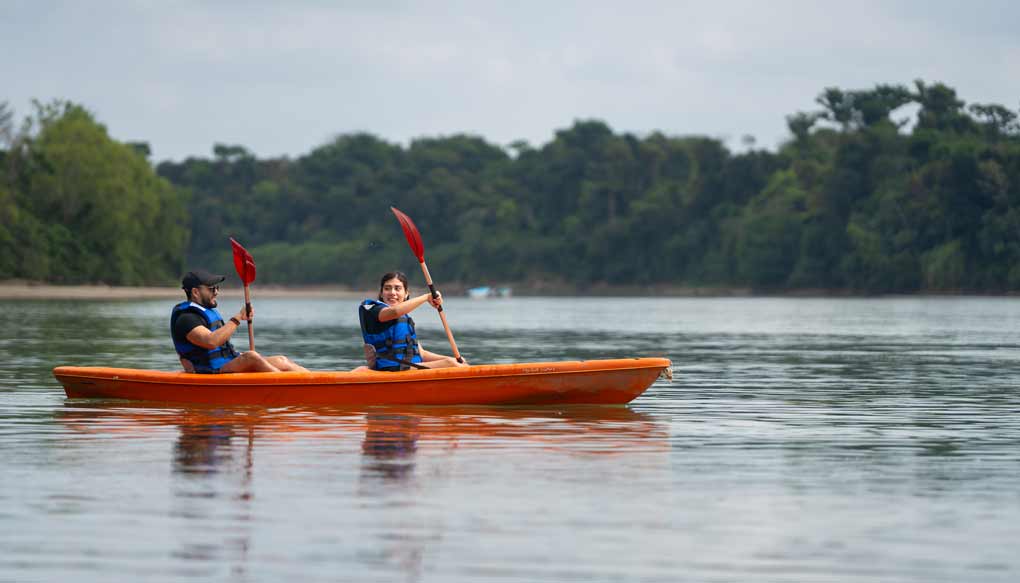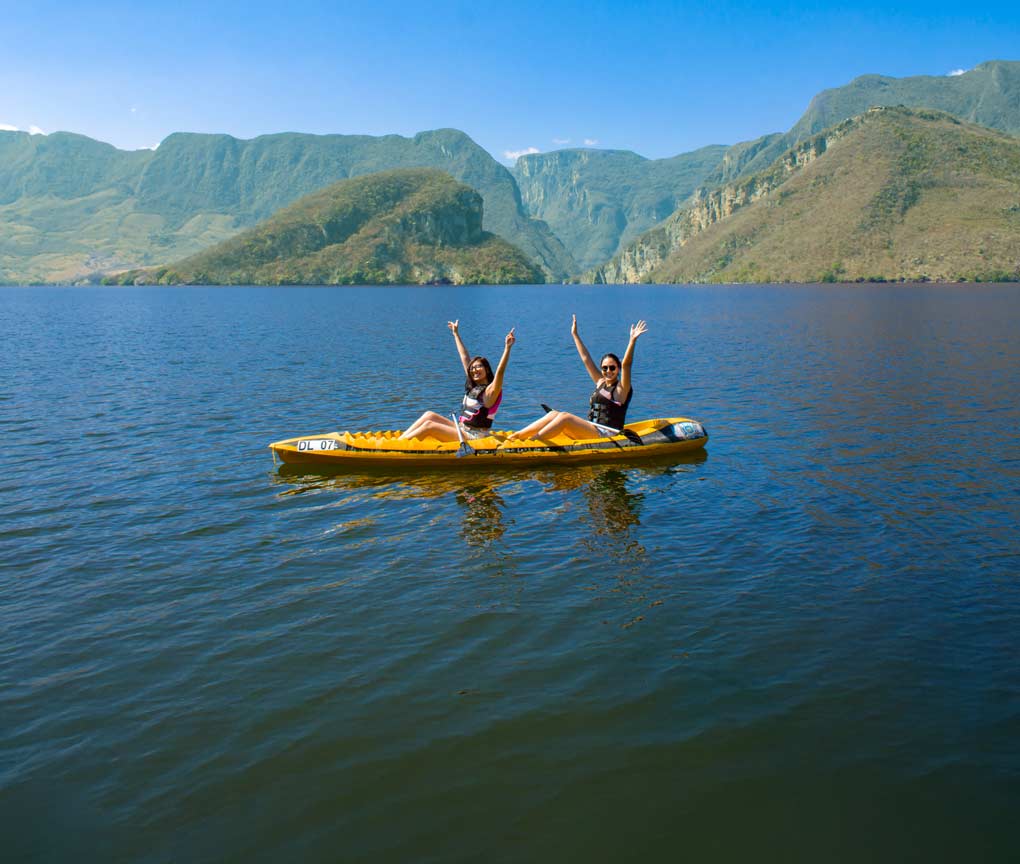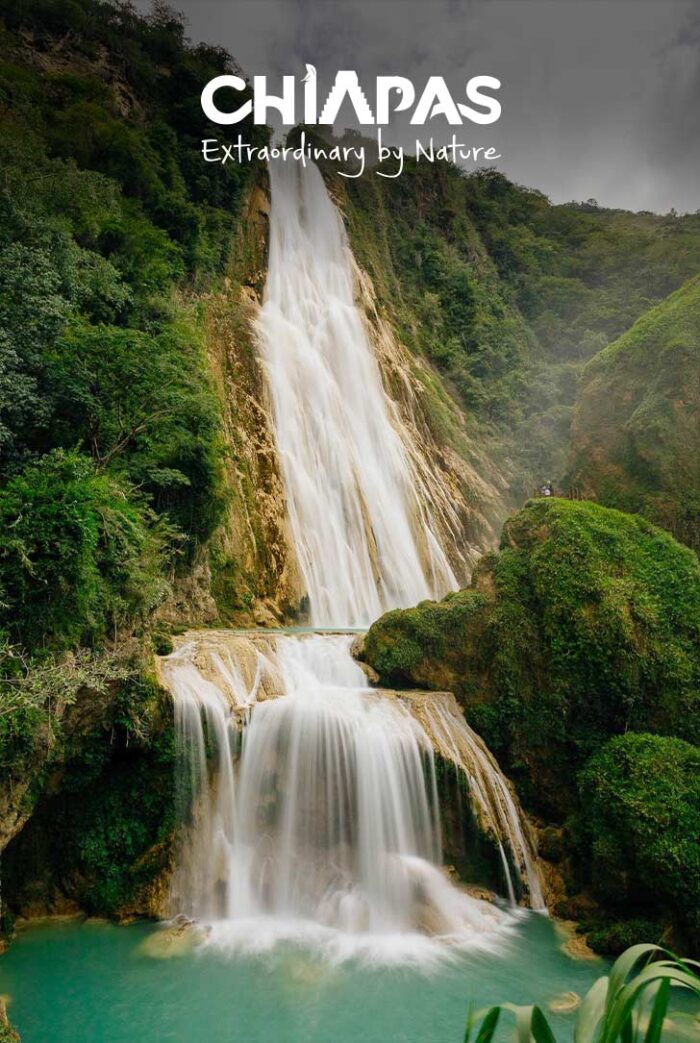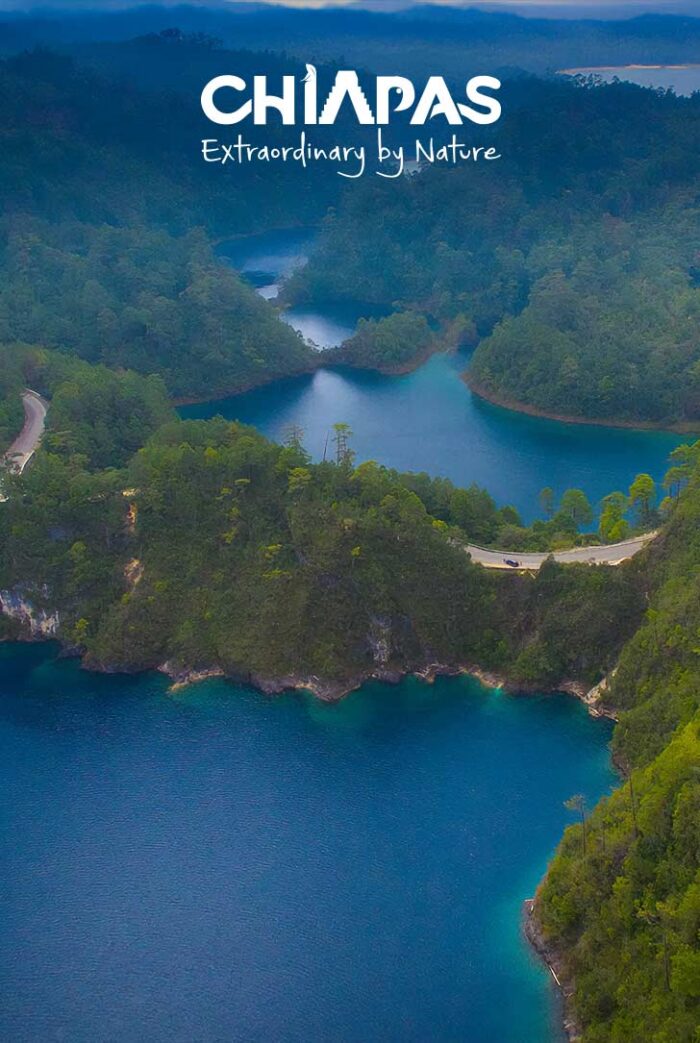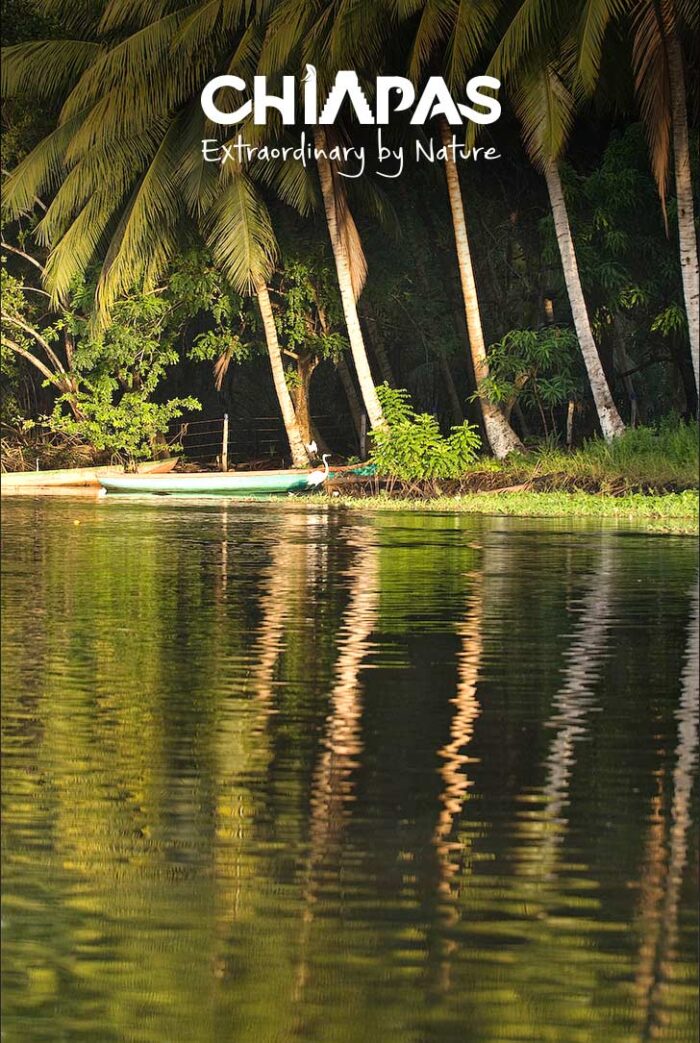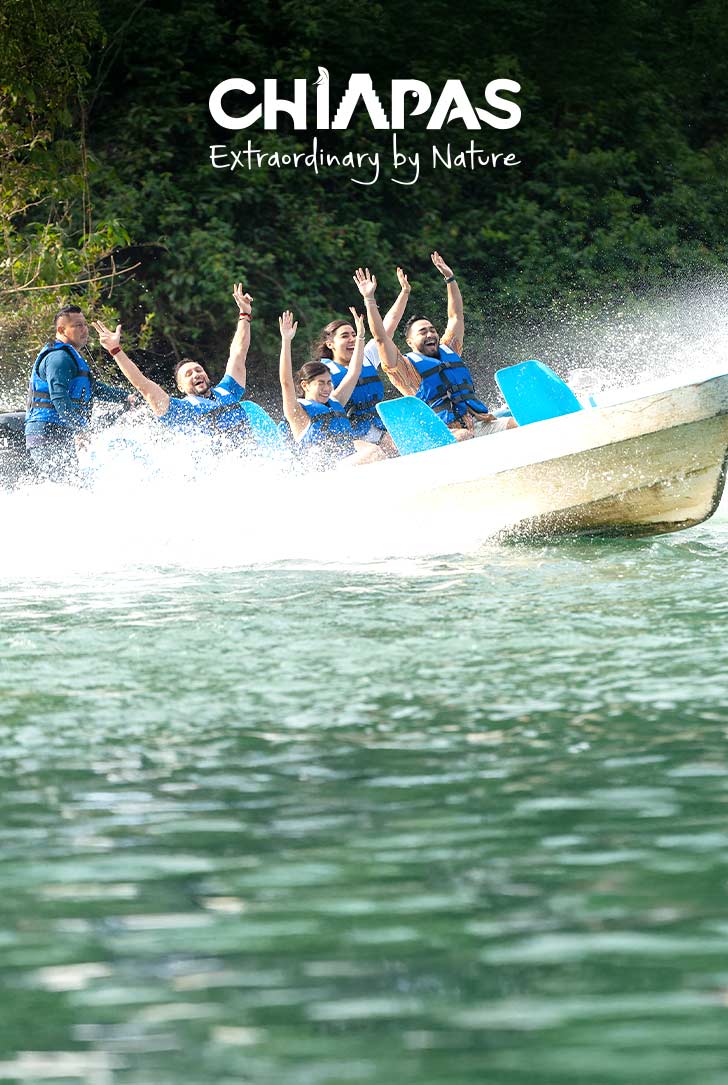
A Trip through Aquatic Jewels in Chiapas: Rivers and Lakes
In the heart of the Mexican southeast, the sounds emerging from jungles and forests reach the ears as whispers.

Continua en la historia
 Desliza a la izquierda para continuar
Desliza a la izquierda para continuar
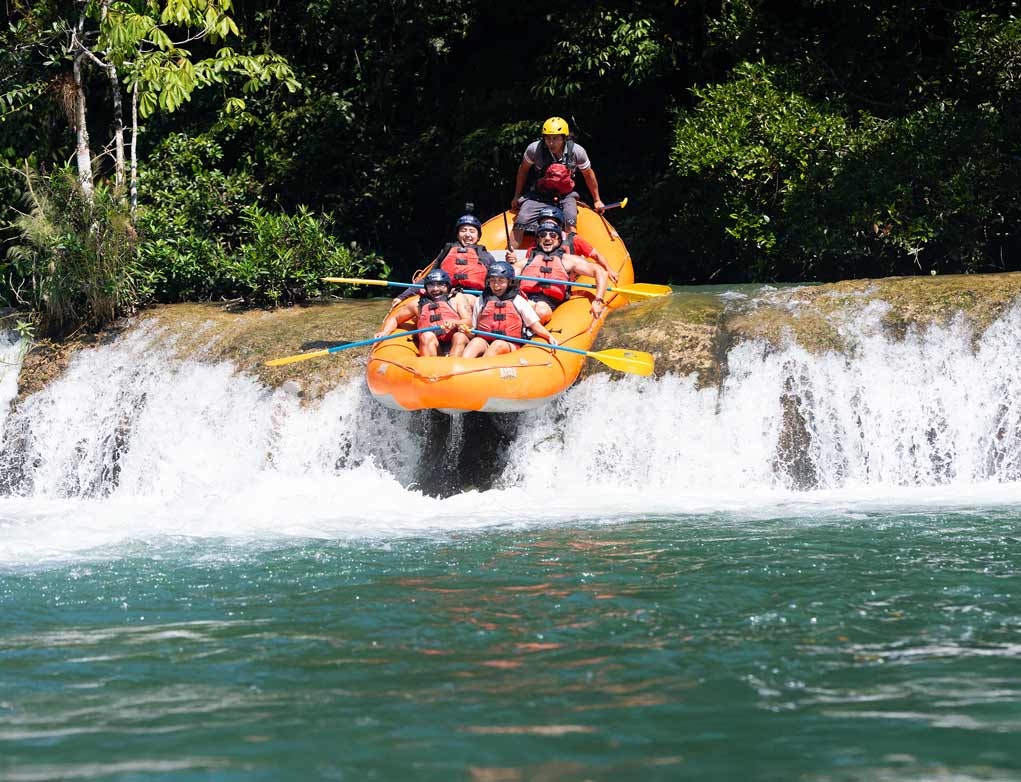
※※※※※※※※※※※※
There, where deep green is central to the landscape, a labyrinth of crystal-clear mirrors unfolds. Rivers run through canyons and lakes, reflecting all the beauty of their environment.
Get ready to sail through the very essence of Chiapas and discover each of its charms in the water.
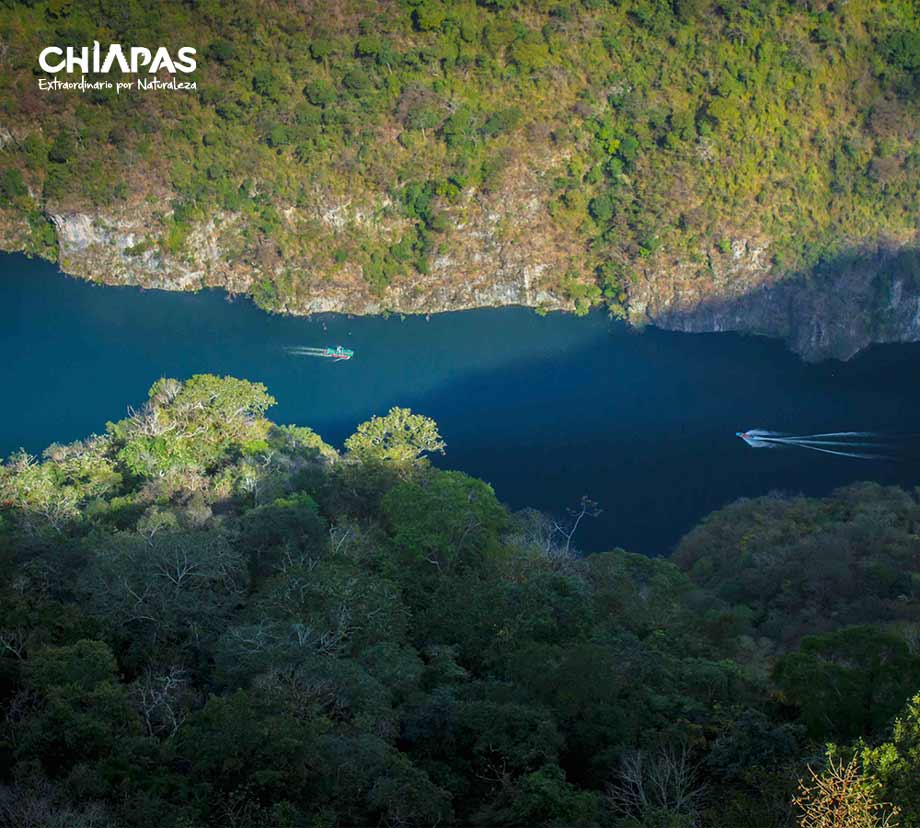
Cañón del Sumidero, Magnificence Sculpted over Time
※ No matter how many times you’ve been to Chiapas and its Sumidero Canyon, it is always amazing. It is a cliff that rises up over the Grijalva River, with walls that reach as high as 328 ft. It is by far one of the most impressive natural sights in all of Mexico.
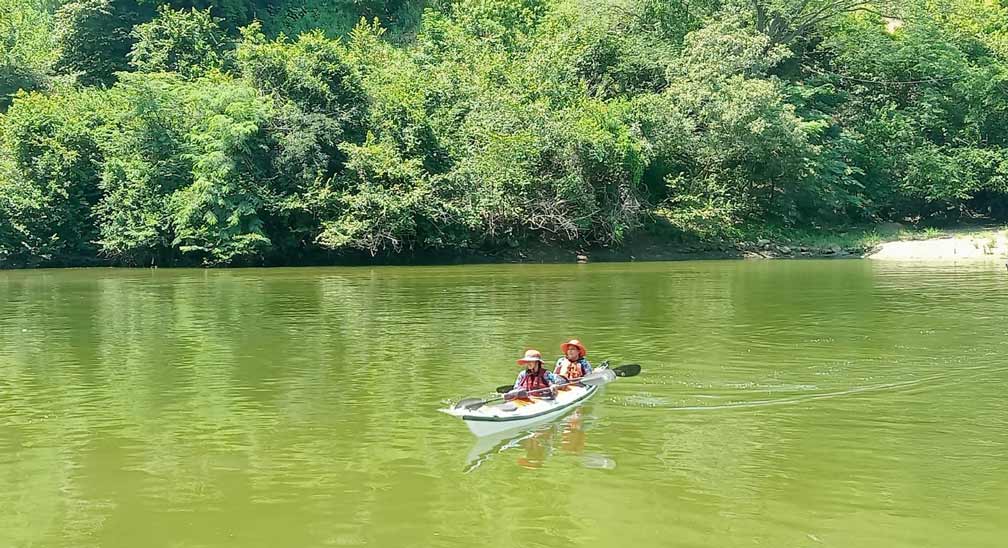
What is there to do at the Sumidero Canyon?
𝄪𝄪𝄪𝄪𝄪𝄪𝄪𝄪𝄪𝄪𝄪𝄪
You can boat down the river to view the canyon from below, in all its splendor. In the reservoir of the Chicoasén Dam, at the edge of the National Park, kayaking is available, and special permits are issued for other activities inside the park. El Cañón del Sumidero National Park is also the ideal setting for such activities as mountain biking, hiking, camping, observing flora and fauna and nature photography.
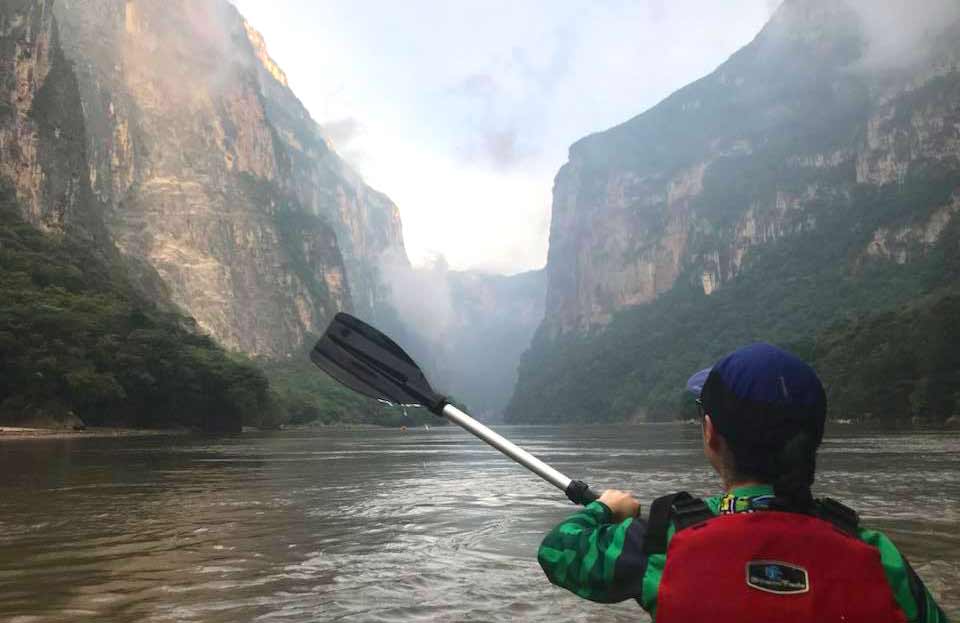
How to Get There
▌From Tuxtla Gutiérrez, you can take a local bus that leaves you in the main square of Chiapa de Corzo. You can also go from Tuxtla to Chiapa de Corzo by taxi or private car.
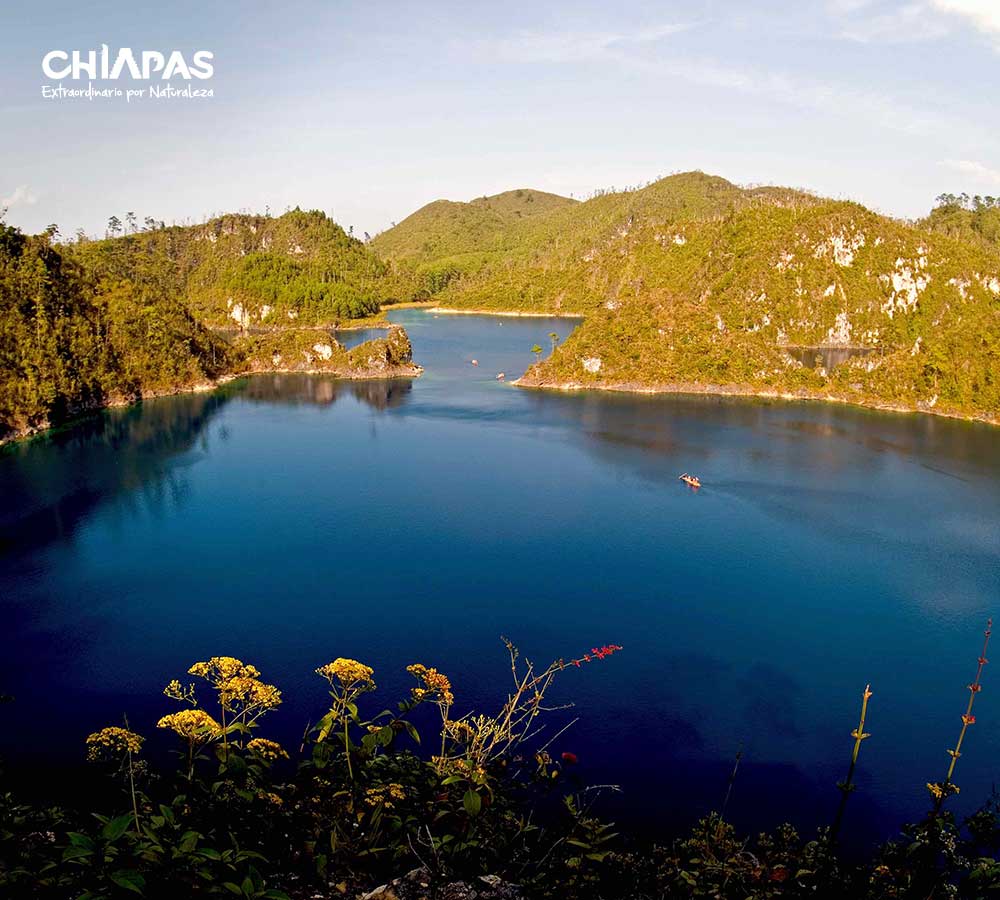
Lagunas de Montebello, A Mosaic of Turquoise Hues
※ Nestled into the Sierra Madre mountain range, very near the Guatemala border, the Montebello Lakes are a series of singularly stunning lagoons, famous for their tones of blue and green that vary due to the sunlight, water depth and minerals in them.
Surrounded by thick pine and oak forests, the lakes not only offer spectacular landscapes, they are also a peaceful haven and a chance to really commune with Chiapanecan nature.
What is there to do at the Montebello Lakes?
𝄪𝄪𝄪𝄪𝄪𝄪𝄪𝄪𝄪𝄪𝄪𝄪
You can do any of a number of aquatic activities and ride on a raft. Pojoj Lagoon in particular has cork rafts to ride and soak in the fresh natural surroundings.
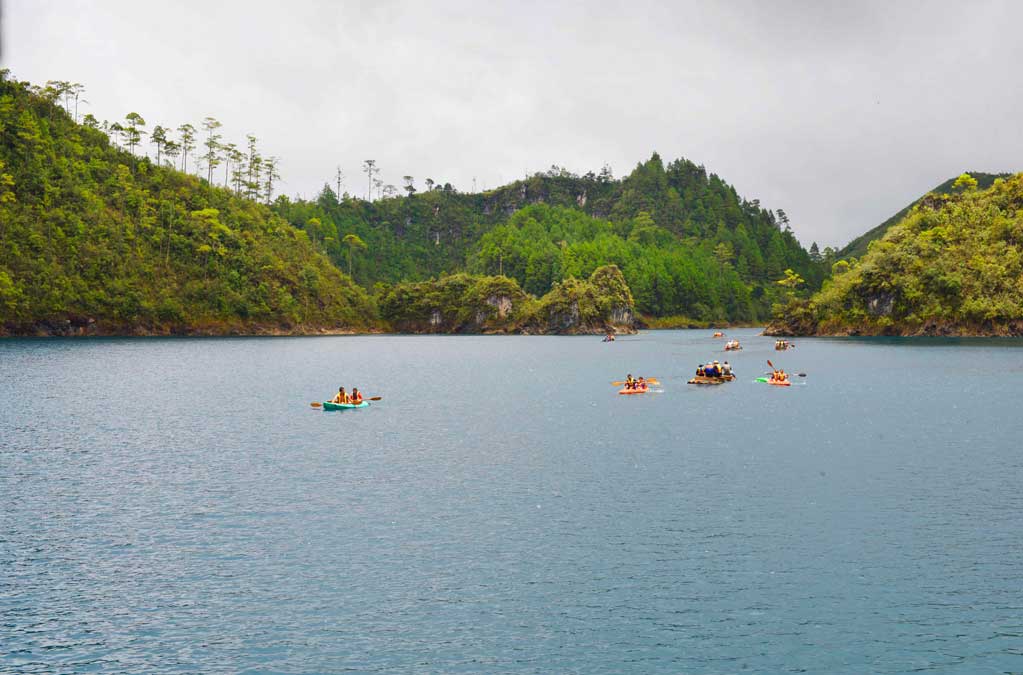
How to Get There
▌Montebello is located about 32 mi from the city of Comitán de Domínguez, from where you take federal road 190 to the city of Trinitaria and then continue on the Fronteriza del Sur roadway toward Lagunas de Montebello National Park.
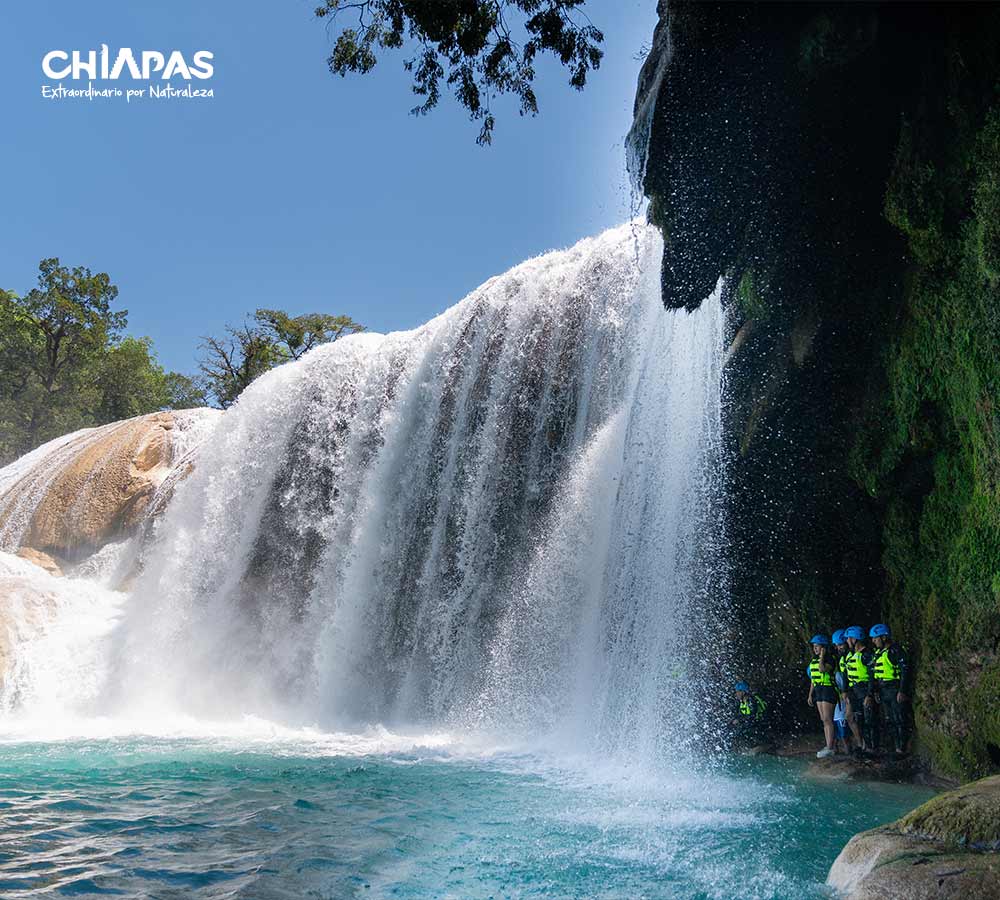
Cascadas de Agua Azul 
※ This region of Chiapas, where the Lacandona Rainforest can only be compared with paradise, is painted in dark green and bright blue. Part of its charm comes from the Agua Azul Waterfalls, a group of falls of different heights formed by tributaries of the Tulijá, Otulúm and Shumuljá rivers that create natural pools of crystal-clear water. The constant sound of flowing water that crashes against the rocks creates a natural symphony that relaxes the mind and connects the soul with nature.
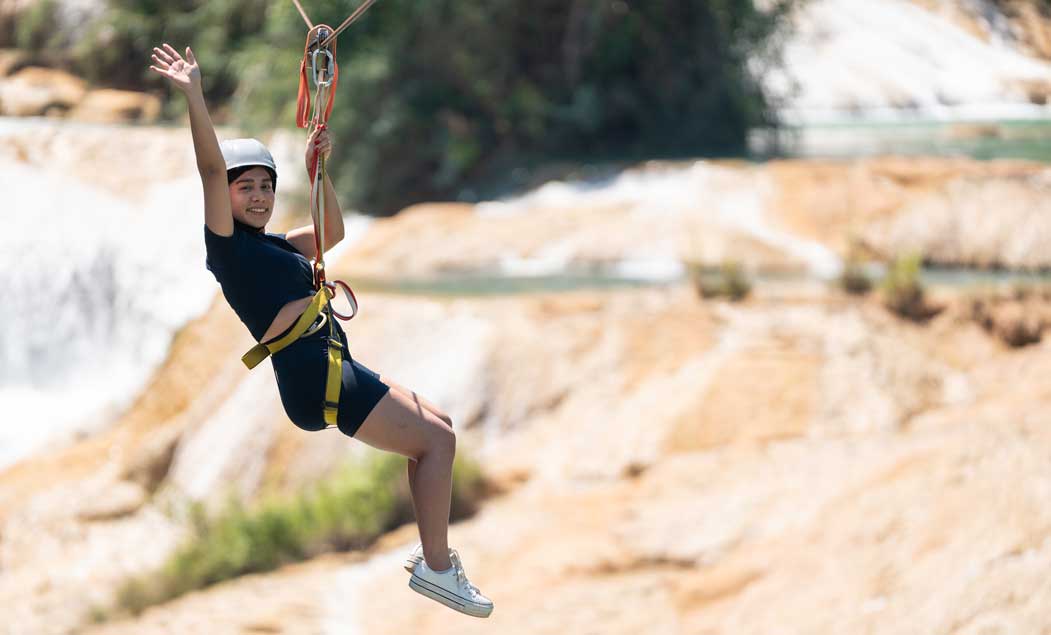
What is there to do at the Agua Azul Waterfalls?
𝄪𝄪𝄪𝄪𝄪𝄪𝄪𝄪𝄪𝄪𝄪𝄪
Beyond gawking at its scenic beauty, visitors to Agua Azul can swim in its pools, glide down the zip line, explore the trails that wind along the waterfalls and admire nature’s creation. It is a destination that captures the wild and beautiful essence of Chiapas, so be sure not to leave your camera at home! You will love the pictures that you take here.
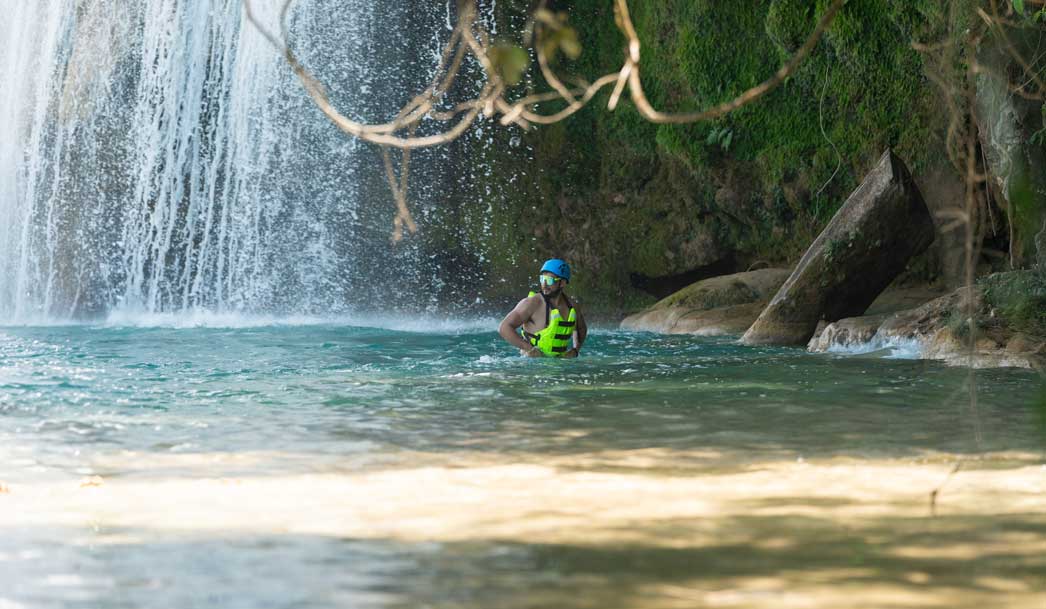
How to Get There
▌The falls are in the north of Chiapas, very close to the municipalities of Chilón and Tumbalá, 39 mi from Palenque. From Ocosingo, take the Ocosingo-Palenque international road 199, a perfectly marked route without many turnoffs, and after 1hr and 40 minutes, you will have arrived at this incredible place.
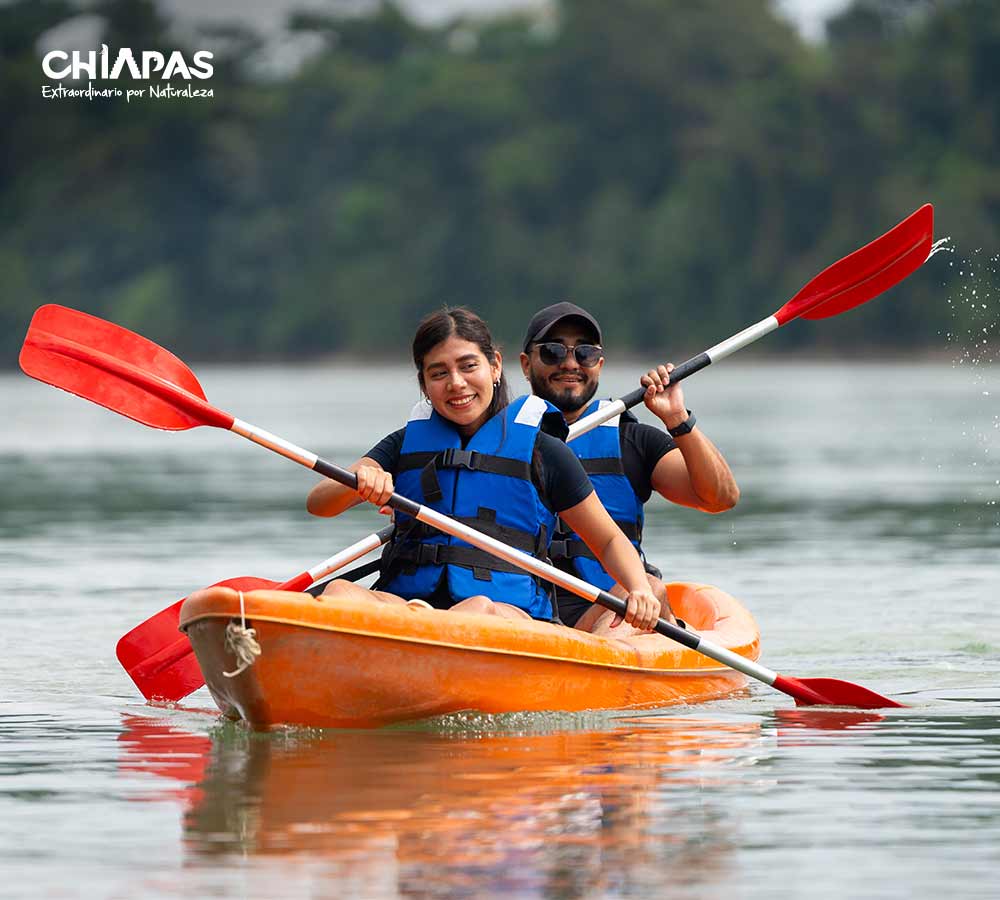
The Lacanjá and Usumacinta Rivers Pulsing through the Lacandona Rainforest 
※ Two major rivers in the Lacandona Rainforest, the Lacanjá is a tributary of the Usumacinta River, and they are both part of a vast hydrographic basin. The fastest moving river in Mexico, the Usumacinta flows along the border between Mexico and Guatemala and is crucial to the region’s biodiversity and Maya culture. Its approximate length of over 620 mi goes through impressive tropical rainforests and is home to vastly diverse flora and fauna.
As for the Lacanjá, it too is a natural border, between the Lacantún Reserve and the Montes Azules Reserve. The area around the Lacanjá River is home to the Lacanjá archeological site, an ancient Maya city with murals and stelae.
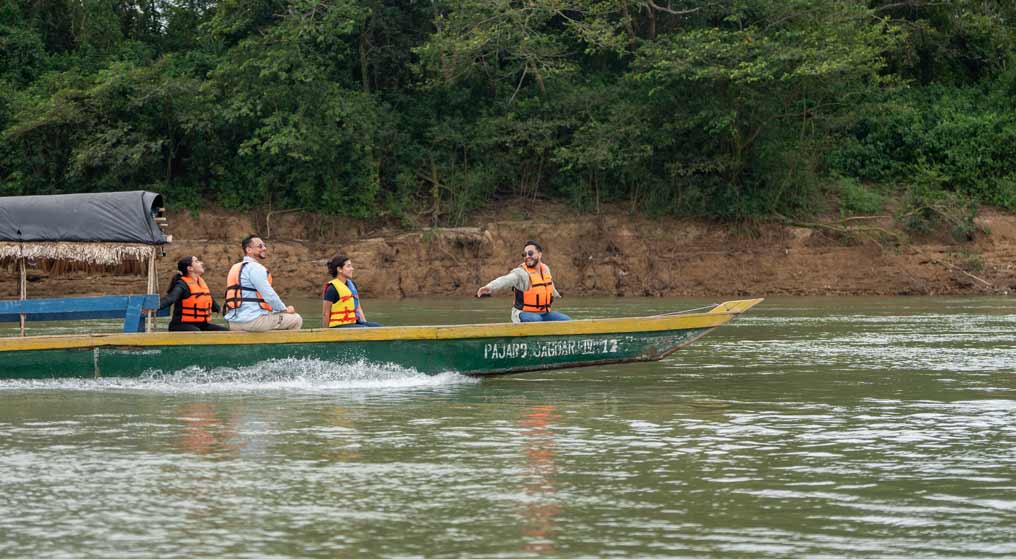
What is there to do at the Lacanjá and Usumacinta rivers?
𝄪𝄪𝄪𝄪𝄪𝄪𝄪𝄪𝄪𝄪𝄪𝄪
In the Lacanjá River or “snake of green water” as the Maya called it, rafting trips are popular. By taking one, you get to ride the river and observe the lush vegetation and fauna of the rainforest. The experience also includes visiting nearby archeological zones.
Considered the most beautiful in the country, the Usumacinta River is known for its crystal-clear waters and lush vegetation and is an ideal attraction for nature and adventure lovers. Its range of landscapes is so varied that you can take a boat ride, observe nature and go to extraordinary spots like the Yaxchilán archeological zone.
How to Get There
▌Leaving Palenque, you first take federal road 199 and then the Fronteriza del Sur roadway. After 82 mi, you get to the San Javier crossroads, and from there it is 5 mi to the Lacanjá Chansayab community.
